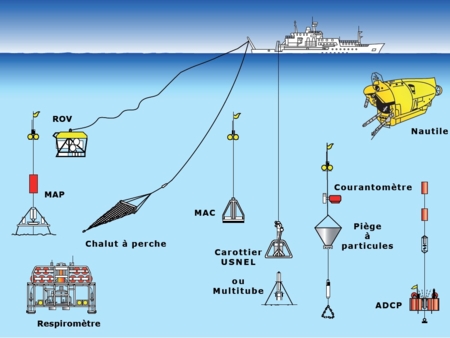DNA replication in the euryarchaea Pyrococcus abyssi: Development and dynamics of complex
DNA replication occurs through a large protein complex assembly called replisome. An understanding of its structure and function requires its in vitro reassembly from individual subunits. In all living organisms, the elongation of a primed DNA template by DNA polymerase, with high processivity, requires the accessory protein DNA sliding clamp (PCNA) that is loaded onto DNA by the clamp loader (RF-C). Generally, the archaeal proteins in volved in DNA replication are more similar to those of the higher organisms (Eukarya) rather than to those from Bacteria. This study have focussed on the PCNA loading mechanism and on the DNA synthesis in the hyperthermophilic Euryarchaea Pyrococcus abyssi. To investigate the importance of some protein-protein and protein-DNA interactions, mutants of PCNA and of the two DNA polymerases (Pol B and Pol D) have been made. PCNA have been shown to be able to load by itself on primed DNA; this loading is increased by the RF-C but also by the Pol B which stabilizes the clamp on primed DNA via an essential motif. On the other hand, on an RNA-primed heteroduplex, the complex PCNA/Pol B is destabilized in the presence of dNTPs. Moreover, Pol D have been shown to exhibit more than one PCNA interacting motif. In spite of this additional motif, Pol D is displaced from the PCNA by Pol B. These results, twinned to those previously obtained, are sufficient to draw up, for the Euryarchaea phylum, a molecular model of the replication fork.







